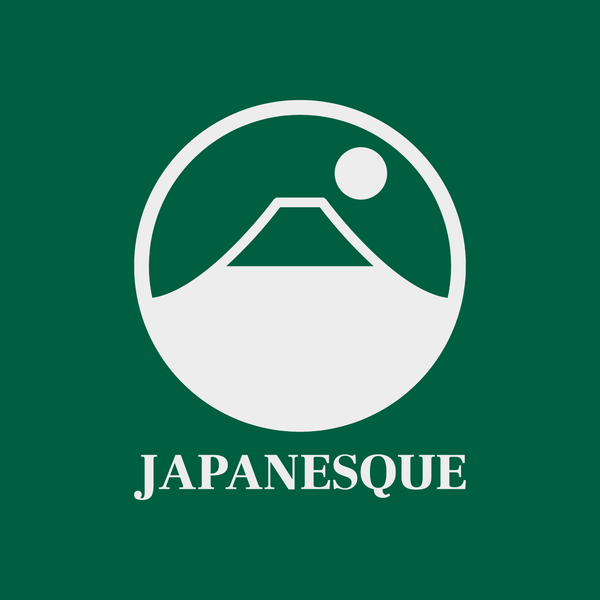3 The process of making Kutaniyaki
3 The process of making Kutaniyaki
- Kneading (土もみ)
- Forming (成形)
- Drying (仕上げ)
- Underglazed Firing (素焼き)
- Underglazed decorations (Sometsuke)(下絵付(染付))
- Enameling (釉薬)
- Glazed Firing (本窯)
- Overglaze decorations (上絵付)
- Firing (上絵窯)
- Finish (完成)
One of Kutaniyaki's defining characteristics is its use of underglaze and overglaze decorations.
First, asbolite glaze is used to draw a rough outline of the decoration on unglazed fired pottery. This is then glazed and baked in a kiln at 1300°C, giving it a glasslike finish, and the final overglaze design is then painted on the resulting porcelain.
Wakasugi, Komatsu Taniguchi Earthenware
Let's take a look at how the clay which becomes the raw material for the porcelain.
Hanasaka Brand Manager
Koichi Taniguchi
“Hanasaka porcelain stone looks soft and flakey.”
"Pulverization"
The porcelain stone is crushed into powder by a stamper for 6 hours.
"Elutriation"
The powdered porcelain stone is then mixed into water. The larger chunks sink to the bottom and are removed, while the finder powder dissolves, making a muddy solution. This is left to sit until the powder settles into sediment.
Over two weeks, impurities settle at the bottom, forming a clay-like substance.
"Clay"
Excess water content is removed until the ideal hardness is achieved. The clay is dried for 10 hours.
The clay is put into a kneading machine which removes any air bubbles.
Sano, Nomi.
Turner Gyousei Kihara
Over 60 years of experience with clay throwing.
Happy 80th Birthday!
“The thinner it is, the more difficult it is.”
Turner. Tokuji Miyagoshi
Molds made from the same Hanasaka porcelain stone are used to shape the clay.
Starch is used to prevent the clay from sticking to the molds.Cloth is applied to the clay, and a bamboo stick is used to shape it.
“It takes many years to become skilled at using a pottery wheel. I think proper training would take anywhere from 10 to 20 years.”
Glaze is applied, and then baked in the main kiln.
Clay bowl baked without glaze.
Yoshitake, Komatsu Miyayoshi Pottery
Zyunei Takada
"Casting"
Slurry is poured into a plaster mold to shape it.
This is a Yoshiaki Yamada's work.
He carries on the tradition of using Japanese paints in the style of Ko-Kutani.
Ceramic painter Yoshiaki Yamada
Let's take a look at the overglaze painting process. a vital part of making Kutaniyaki.
Mr. Yamada draws sketches utilizing white space to be used as design references.
The sketches are placed over glazed porcelain
and then traced over with charcoal to make a rough outline for painting.
Asbolite (gosu)
The contour lines are drawn on with asbolite glaze in a process called "Kotsugaki".
Finished "Kotsugaki"
"Overglaze Painting'
Japanese glazes produce prettier, more vivid colors when applied in a thick layer.
Light purple becomes green when baked.
Red becomes yellow when baked.
"Overglaze Kiln"
Mr Yamada bakes the porcelain until it reaches 870 C.
After baking, the color of Japanese glazes becomes transparent and the contour lines painted on with asbolite stand out, resulting in a beautiful painting with a glasslike finish.
“I've made a total of 100 different colors that! blended myself. “
